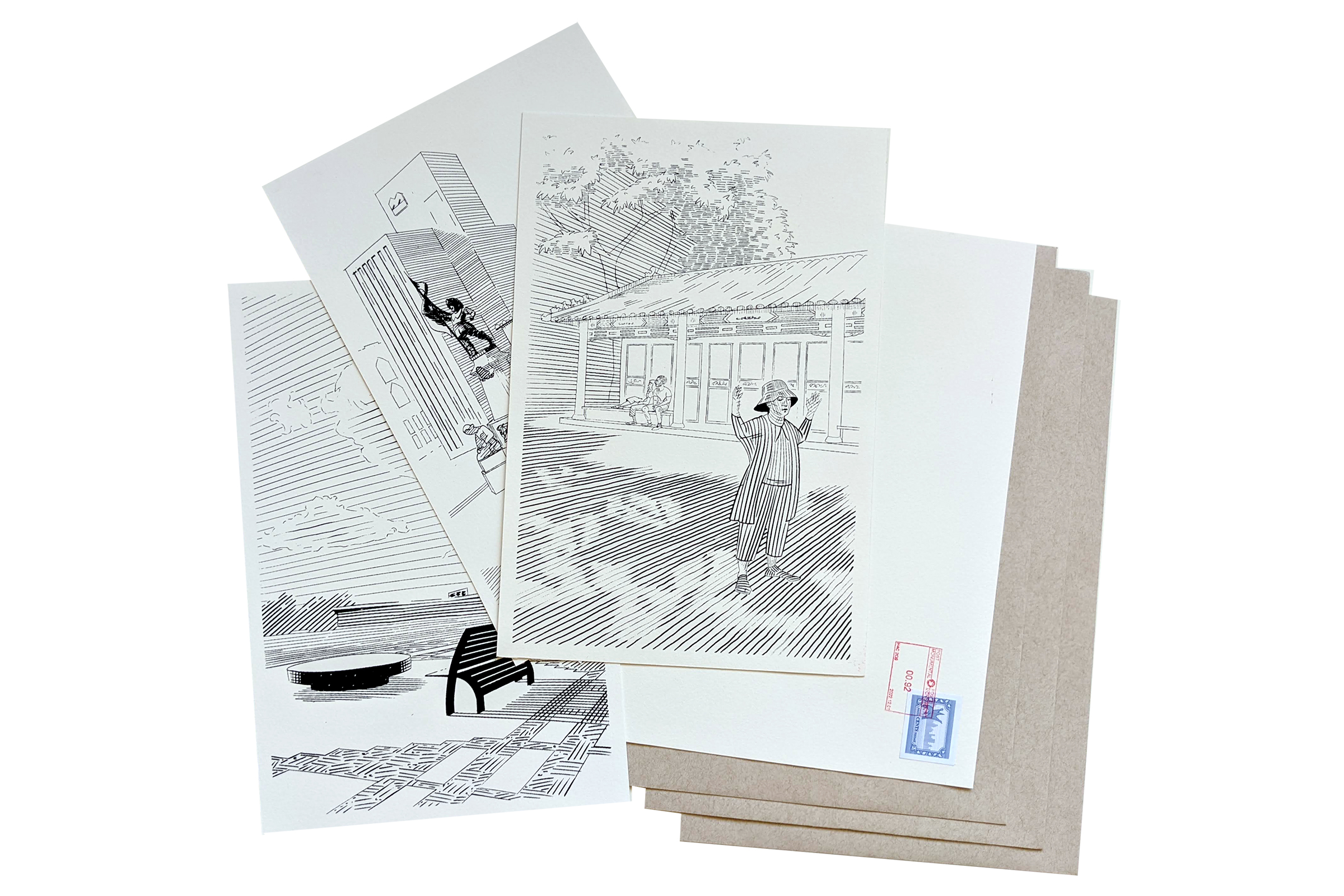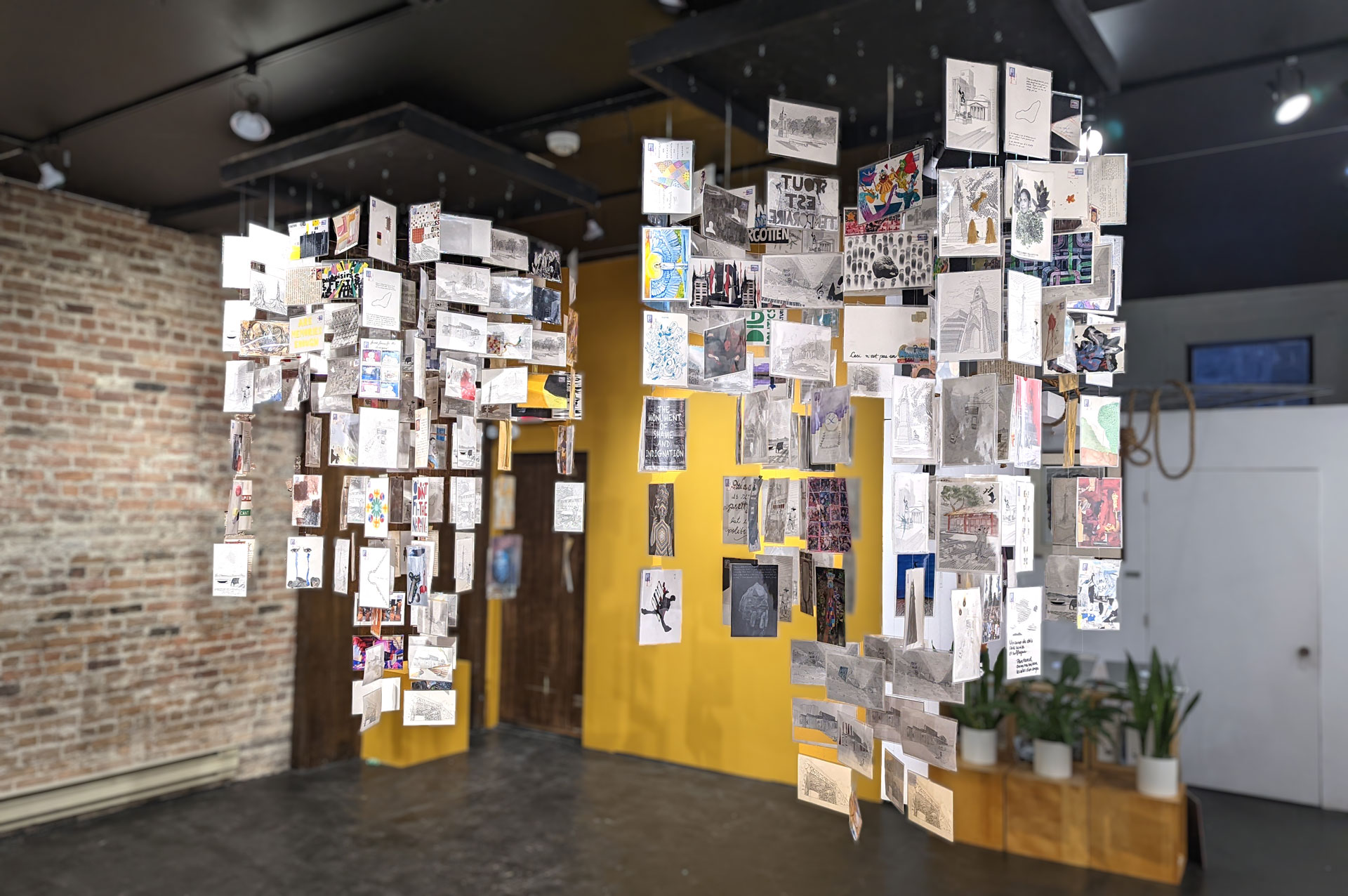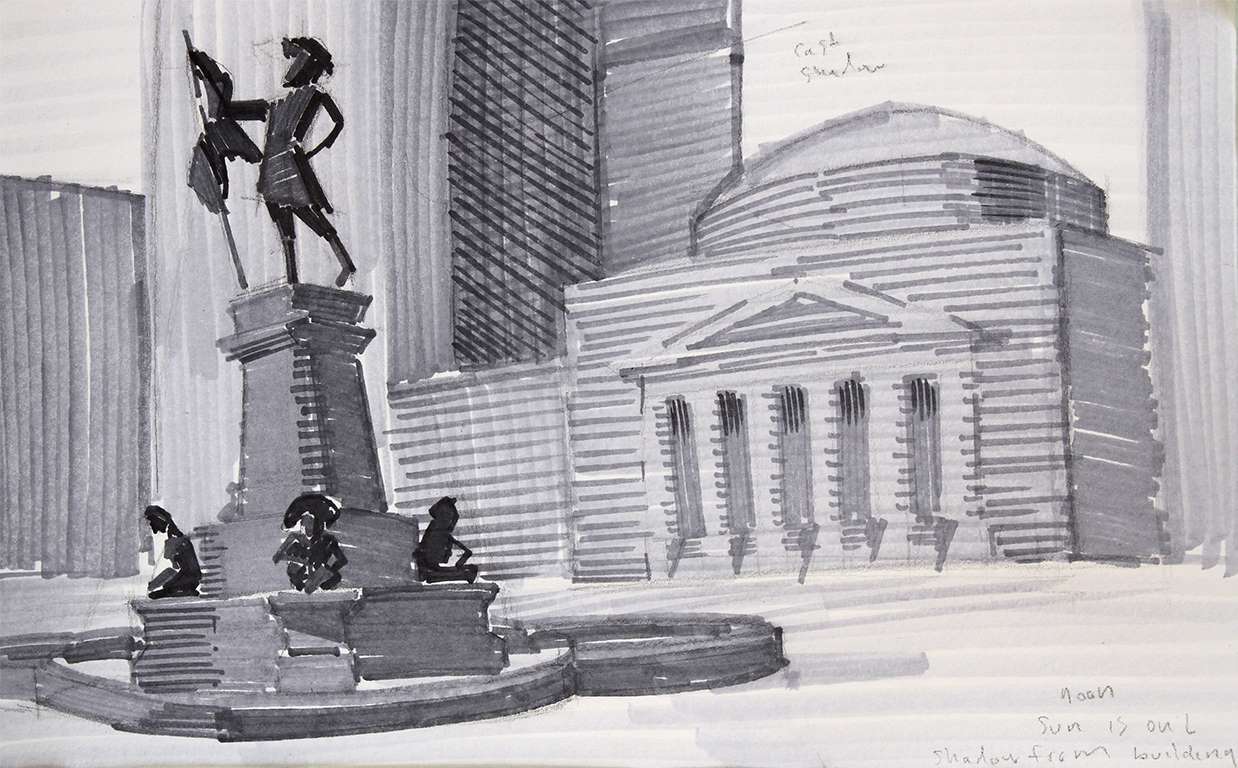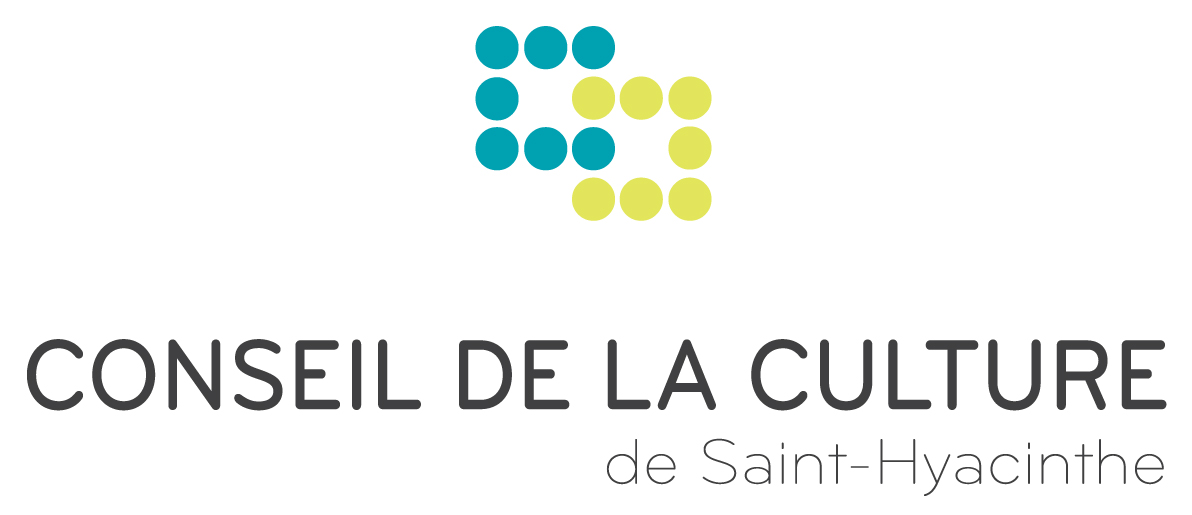
The goal of this project is to visually represent a theory of peace in practice.
Monuments are meant to stand as symbols of a shared history, but over the last decade these objects have become flash points and a cause of social division in cities across the world.
The central critique of monuments is that they present a limited – and often contested – view of history.
Project Description
Post-Monumental presents a series of images of Tiohtià:ke / Montreal monuments in the genre of the souvenir postcard. Without context, the viewer will not necessarily understand the histories these images evoke. These images go beyond the typical statues featured on souvenir postcards and represent a broad variety of monuments that represent our city. They evoke multiple histories – remembered, forgotten, and ignored – in Tiohtià:ke / Montreal. Without context, these monuments don’t necessarily look like monuments at all.
To give context to these images, a network of artists have responded to the postcards. Artists were free to mark up and alter the postcards to create a body of work that gives a shared and collective reading of our histories, a reading which includes a range of voices and perspectives in collaboration.
The cards are presented suspended from the gallery ceiling and exhibited together as one monument showcasing a collection of stories, perspectives, and truths.

Click here to see more images of the Post-Monumental Installation
City Sketches
At the start of this project, I explored the art and life of Rachael Robinson Elmer, an early 20th C artist best known for a series of fine art postcards celebrating the sites and monuments of New York City.
In response to Elmer’s postcards, I produced a series of sketches of the monuments and sites from my own city, Tiohtià:ke / Montreal. In my process, I started to find my attention shifting to the role of these sites in the city. Monuments become metonymic in the postcard frame, but beyond a snapshot of tourism, what do these sites represent for local life? How do we live with them and their history?

From this research, I produced a series of 12 illustrations of different monument. These illustrations were hand printed as postcards and sent to the artist network. A second poster series was printed and is also on display at the gallery.

Click here to see 12 Post-Monumental Prints
Artist Network

Just as Montreal is a multitude of languages, cultures, and artistic practices, so too is the group of participating artists in Post Monumental. The languages represented include: Kanien’kéha, French, English, Spanish, Cantonese, Russian, Italian, Portuguese and Persian (Farsi). The artistic practices include: word art, calligraphy, creative writing, collage, photography, urban sketching, illustration, watercolour, cartooning, bead art, and textile art.
Click here to consult the biographies of the 24 artists
Land Acknowledgement
I would like to acknowledging that my project takes place on unceded Indigenous lands. The Kanien’kehá:ka Nation is recognized as the custodians of the lands and waters on which we gather today. Tiohtià:ke/Montréal is historically known as a gathering place for many First Nations. Today, it is home to a diverse population of Indigenous and other peoples. We respect the continued connections with the past, present and future in our ongoing relationships with Indigenous and other peoples within the Tiohtià:ke / Montreal community
Research and production for this project are generously supported by a grant from the Canada Council for the Arts and the Conseil de la Culture de Saint-Hyacinthe. A presentation of the project is generously supported by the BBAM! Gallery.


